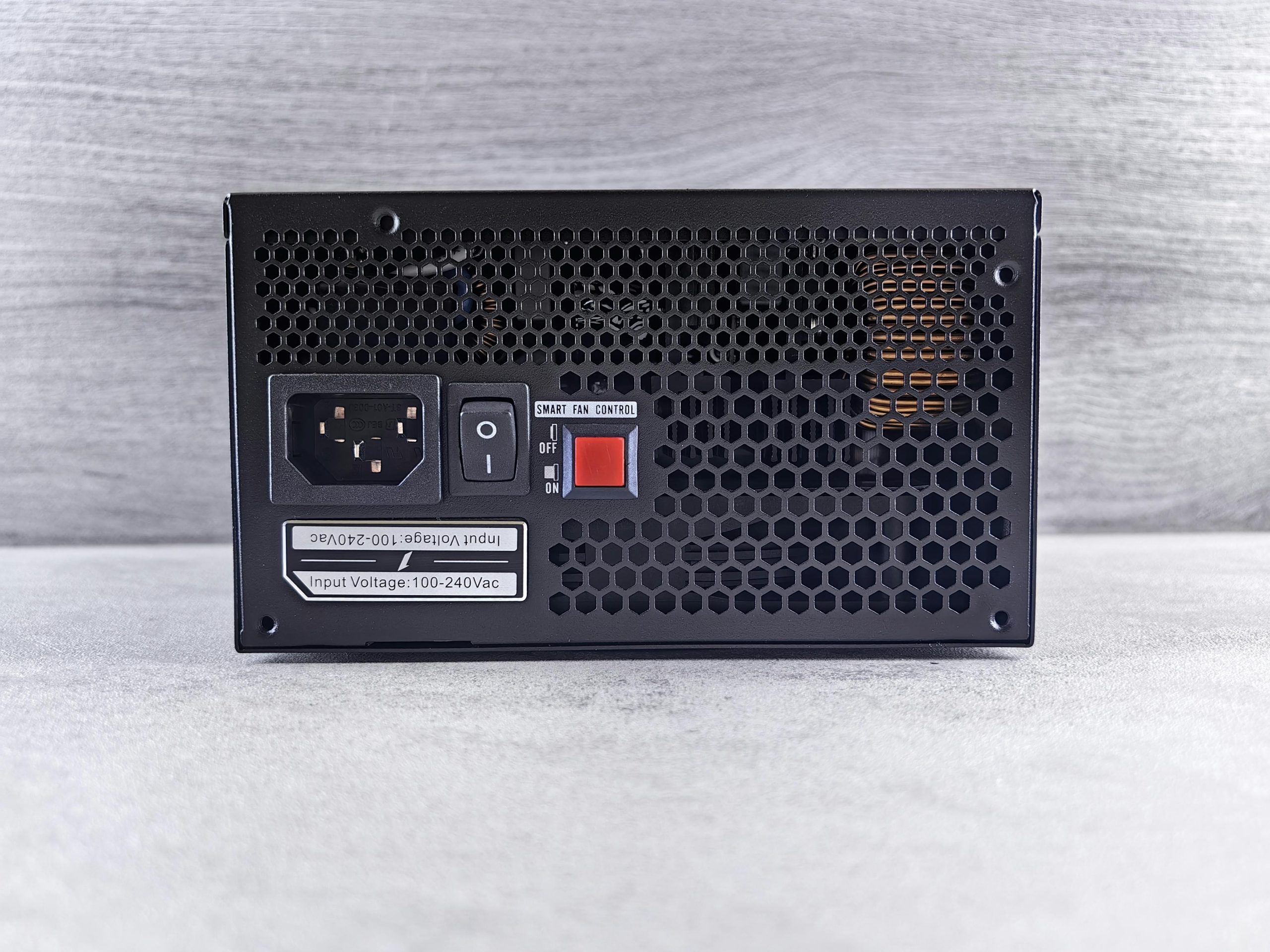Understanding and Troubleshooting a Windows PC Repair Loop: A Case Study
Introduction
Encountering unexpected repair prompts and startup issues can be a daunting experience, especially for users who are not deeply familiar with computer hardware. This article explores a common scenario faced by many PC users: a sudden system repair alert followed by persistent startup failures. By analyzing a real-world case involving a gaming desktop, we aim to provide a structured approach to diagnosing and resolving similar issues.
Case Overview
The user reports ownership of a Skytech gaming computer assembled in 2018, characterized by the following specifications:
- CPU: Intel Core i7-8700K Coffee Lake 6-Core (3.7 GHz, Turbo up to 4.7 GHz)
- GPU: Nvidia GTX 1070 Ti 8GB
- RAM: 16 GB DDR4 with heat spreader
- Power Supply: Thermaltake 700W Smart 80 Plus Certified PSU
- Motherboard: Z370 Gaming Series
Sequence of Events
The initial trigger was a sudden Windows pop-up featuring a large emoticon “:)” indicating some form of system issue, followed by a Windows automatic repair process. The repair screen persisted for hours, prompting the user to power down the machine. Subsequent attempts at reinitialization resulted in a cycle where the system briefly powered on, displayed a flashing screen, and then shut off repeatedly. Efforts such as unplugging external devices, flipping the power switch on the power supply, and removing peripherals did not resolve the issue. The system fails to stay powered on long enough to display anything beyond the flashing screens.
Potential Causes and Diagnostic Steps
The symptoms suggest a hardware or firmware-related problem. Here are some areas to investigate:
- Power Supply Integrity
- Ensure the power supply is functioning correctly. A failing PSU can cause intermittent power delivery, resulting in startup loops.
-
Test with a known-good power supply if available.
-
Memory (RAM) Checks
-
Faulty RAM can cause startup issues. Try booting with one RAM stick at a time or reseating the modules.
-
Motherboard and CMOS
- Clear CMOS to reset BIOS settings. This can sometimes resolve boot loops caused by BIOS misconfigurations.
-
Inspect the motherboard for visible damage or swollen capacitors.
-
Graphics Card and Peripheral Devices
- Remove and reseat the GPU.
- Connect the monitor
Share this content:



